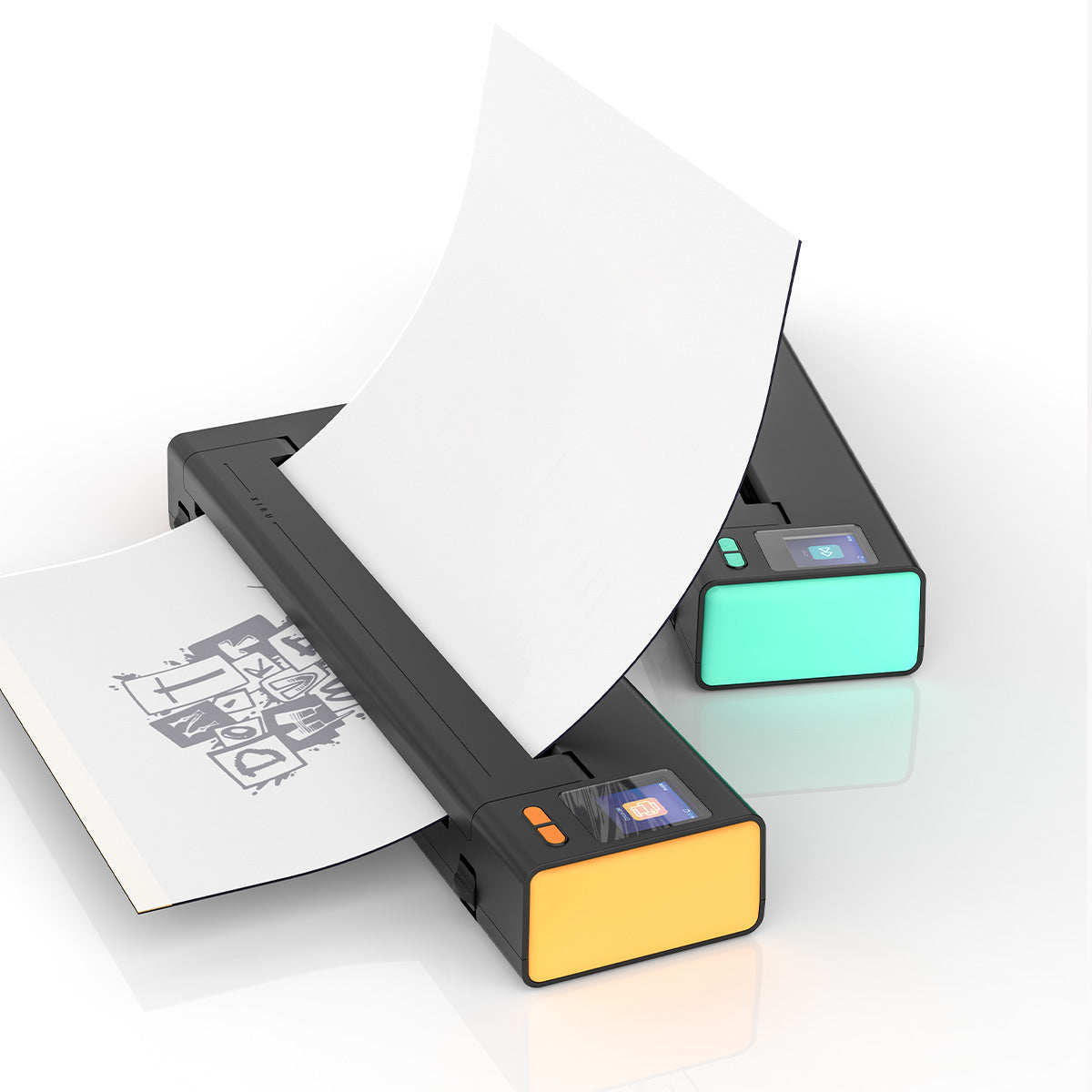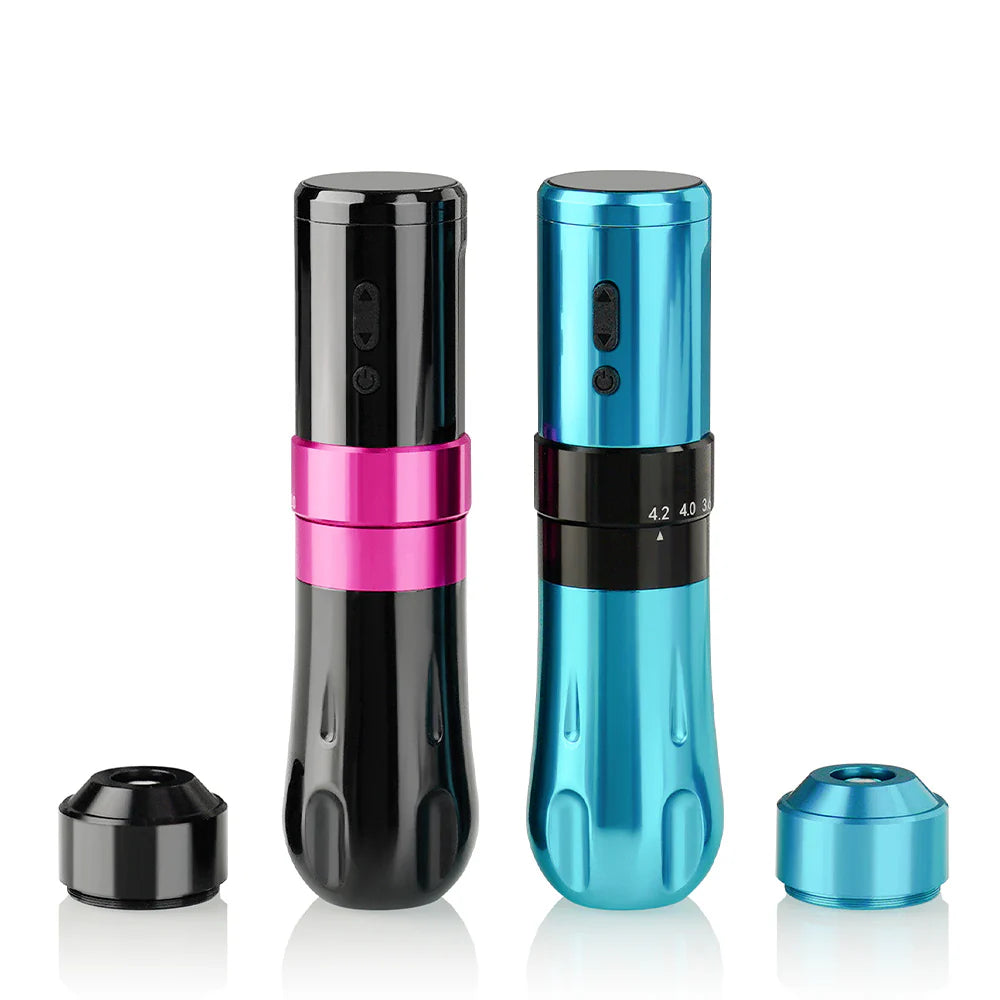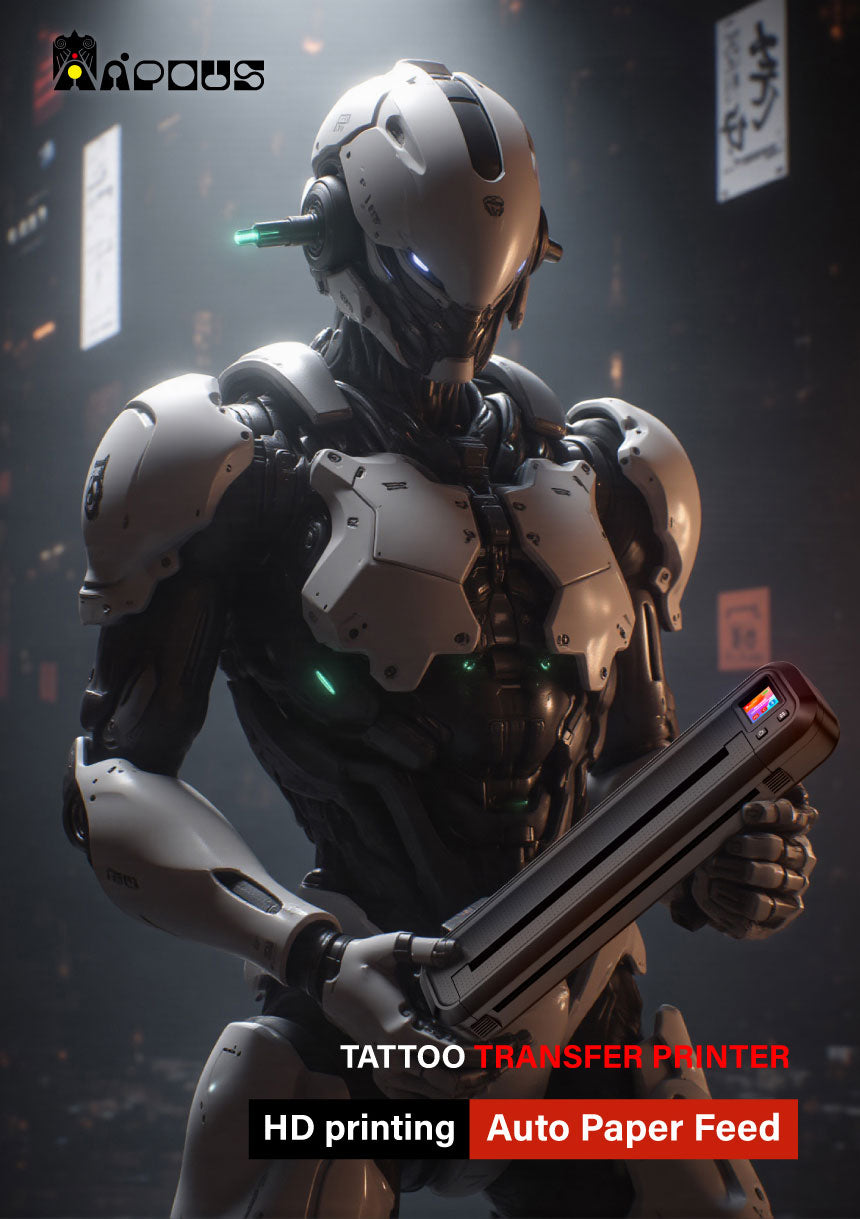From symbols of patriotism to declarations of personal rebellion and unique self-expression, tattoo art has always been in constant change and development. Regardless of how history evolves, tattoos have always been an important symbol of identity in human culture. Today, ATTO TATTOO takes you through the transformation of tattoo designs over the past century, experiencing how tattoos have shifted from taboo to mainstream and from cultural symbols to personal statements.
In the U.S., one in every five people now has a tattoo, and surprisingly, nearly 90% of them say they have never regretted it. The popularity of tattoos isn’t just coincidental—it has gone through many cultural and social changes, from being taboo to gradually being accepted by the public, and ultimately becoming today’s unique personal brand.

The word “tattoo” comes from the Tahitian word “tattau,” meaning “to mark.” This word first entered the Western lexicon in 1769, when explorer James Cook mentioned it during his South Pacific voyage. Early tattoos in the U.S. were mostly done by sailors and soldiers, who often inked phrases like “Good Luck” on their bodies, hoping to ensure a safe return home.
In 1870, Martin Hildebrandt opened the first tattoo studio in New York, marking the beginning of tattoo art’s establishment in the U.S. Over time, tattoos evolved into symbols of patriotism, with artists like Paul Rogers and Norman "Sailor Jerry" Collins starting to ink eagles, American flags, and other symbols of American spirit on military personnel.
Today, brands like ATTO TATTOO, which are dedicated to providing professional tattoo products, help artists and tattoo enthusiasts maintain both the tradition and innovation of tattoo art, supporting them as they continue to break through in their artistic creations.

Although tattoos were popular among soldiers, their true cultural breakthrough came in rural America. In the 1920s, traveling circuses introduced tattooed performers to the public, turning them into attractions. These tattooed individuals earned up to $200 a week, which was a significant amount at the time.
Female tattooed performers, such as Janet Skuse, became legends for their full-body tattoos. By the 1970s, tattoos on women gradually became symbols of female empowerment, rather than just an accessory for men. Floral patterns and feminine designs began to trend, and female tattoo artists like Suzanne Fauser broke stereotypes with their powerful images.
ATTO TATTOO has always supported female tattoo artists’ creative endeavors, launching a series of tattoo tools and accessories designed specifically for women to help them find their voice in this art form.

The Global History of Tattoos
The history of tattoos dates back far beyond modern understanding. The earliest known tattoo records date back to 3300 BCE, found on a frozen body from the Copper Age. By the 5th century BCE, Japan had already begun using tattoo art for decoration, magic, or marking criminals. In Japan, only royalty and nobility could wear kimonos, while lower-class women used tattoos as a form of rebellion. Their tattoos often covered their bodies from the neck to the elbows and knees, becoming symbols of protest and freedom.
In 1870, the Japanese government declared tattoos illegal, and tattoo art went underground. Despite this, tattoo art did not disappear, but instead grew as a form of emotional expression. Meanwhile, European explorers came into contact with Polynesians and Native Americans, reintroducing tattooing to Europe.

Modern Tattoos: A Diverse Range of Styles
Today, tattoos are not just symbols of culture or subcultures; they have become a means of self-expression and showcasing individuality. Artists like Norman Keith Collins pushed the boundaries of tattoo techniques, even practicing tattooing on unconventional canvases, such as corpses. While this approach is extreme, it reflects the artist's dedication to perfecting their craft.
Today, tattoos are more diverse and intricate than ever before, ranging from detailed portraits to minimalist geometric designs. Tattoos are no longer confined to specific groups; they have become a global symbol of individuality.
As the tattoo brand, ATTO TATTOO have always pursued innovation, launching various modern tattoo equipment and accessories to support tattoo artists in bringing their creative visions to life.

The Cultural Legacy of Tattoos
From taboo to mainstream, the history of tattoos has witnessed the evolution of personal and cultural identity. From the initial act of rebellion to today’s declaration of individuality, tattoo art has consistently influenced every era in its own unique way.
Over the past century, tattoos have not only undergone significant changes in design but also reflect the transformation of society’s perception of tattoos. From simple naval motifs to today’s full-body artwork, tattoos continue to tell the story of human self-expression and identity. As ATTO TATTOO, we are proud to be a part of this journey, offering high-quality tattoo products to help artists create exceptional pieces in this ever-evolving industry.

Conclusion
Tattoos are not just art on the skin; they carry rich historical and cultural meanings. From traditional symbols to today’s personal expression, tattoo art continues to break boundaries, becoming a global symbol of individuality. ATTO TATTOO will continue to provide high-quality tattoo products to support artists in creating more innovative and beautiful works.





0 comments